McNary-Mapes Amendment to the Pure Food and Drugs Act was passed
On May 7, 1930, the McNary-Mapes Amendment to the Pure Food and Drugs Act was passed. The so-called…
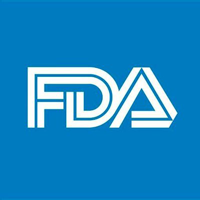
On May 7, 1930, the McNary-Mapes Amendment to the Pure Food and Drugs Act was passed. The so-called…
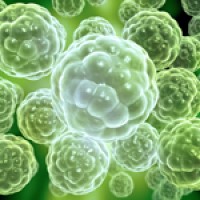
On Mar. 7, 1930, Stanley Miller, an American chemist and biologist known for his studies into the origin…

Founded in 1930, the Woods Hole Oceanographic Institution was formed as part of the Marine Biological Laboratory and…
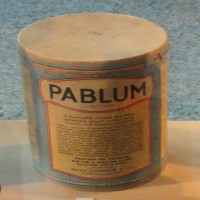
In 1930, Pablum, the first processed for babies, was developed by pediatricians Frederick Tisdall, Theodore Drake and Alan…
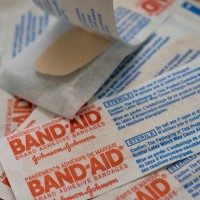
In 1930, Johnsonᅠ&ᅠJohnson established operations in Mexico and South Africa.
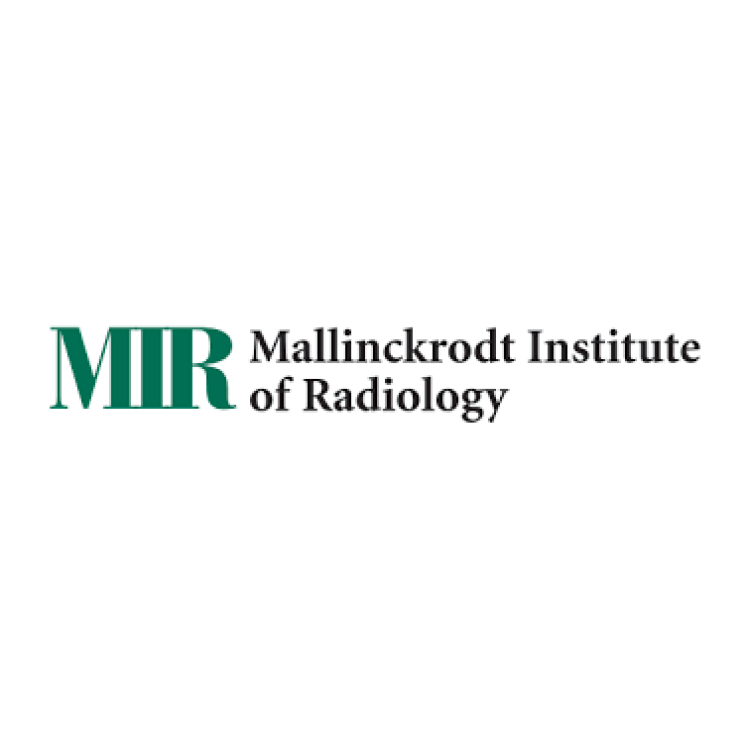
In 1930, the Mallinckrodt Institute of Radiology (MIR) at Washington University School of Medicine (WUSM) was established, funded…

In 1930, Garst & Thomas Hybrid Corn Company was founded in Coon Rapids, Iowa, and from 1930-1945, U.S….
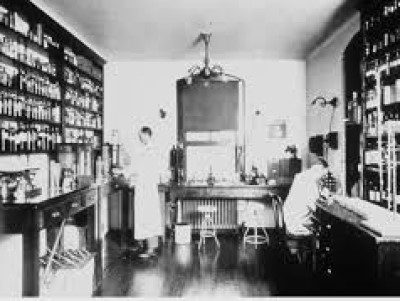
In 1930, the Hygienic Laboratory changed its name to the National Institute (singular) of Health and authorized the…
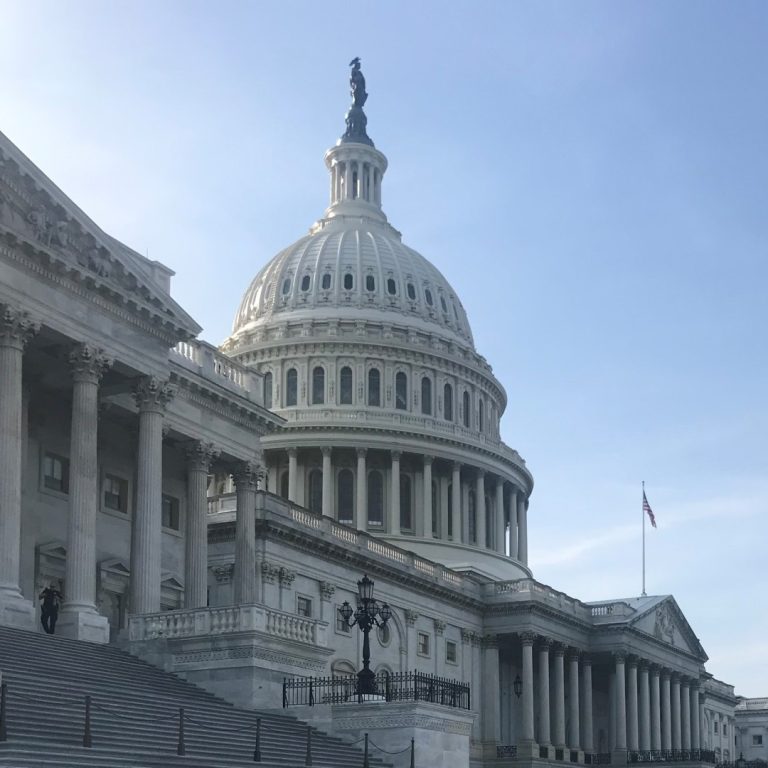
In 1930, the U.S. Congress passed the Plant Patent Act, recognizing for the first time that plant breeders’…
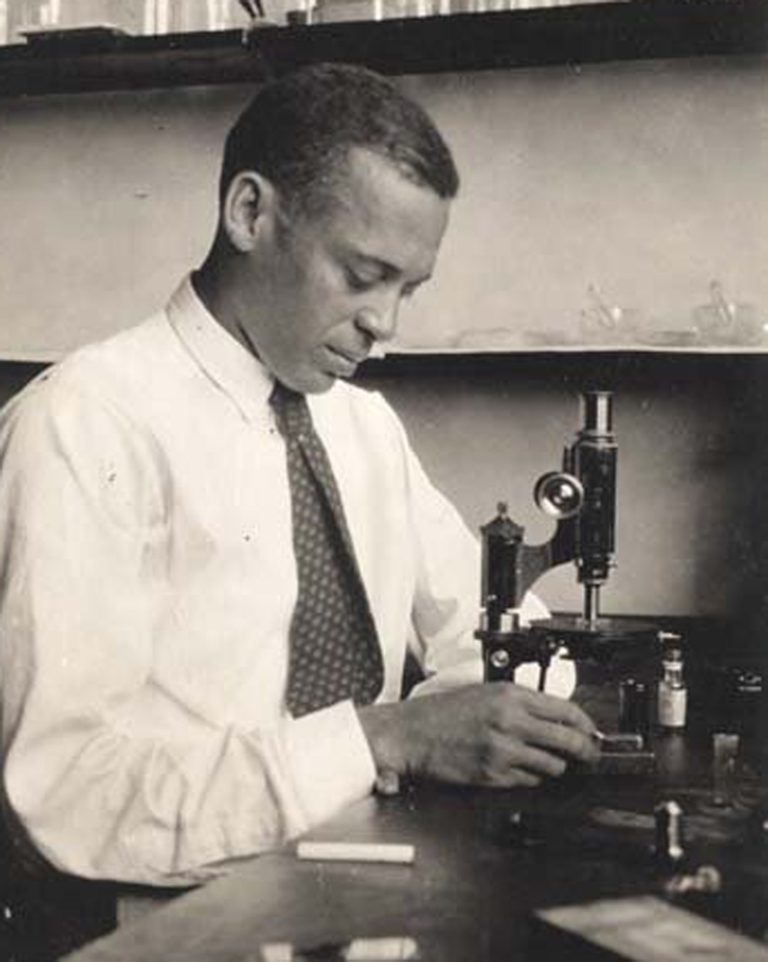
In 1930, Ernest Everett Just, an African American biologist, became the first American to be invited to the…
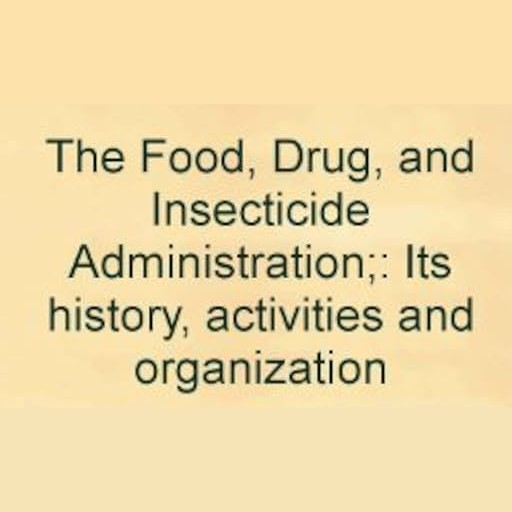
In 1930, the name of the Food, Drug, and Insecticide Administration was shortened to Food and Drug Administration…
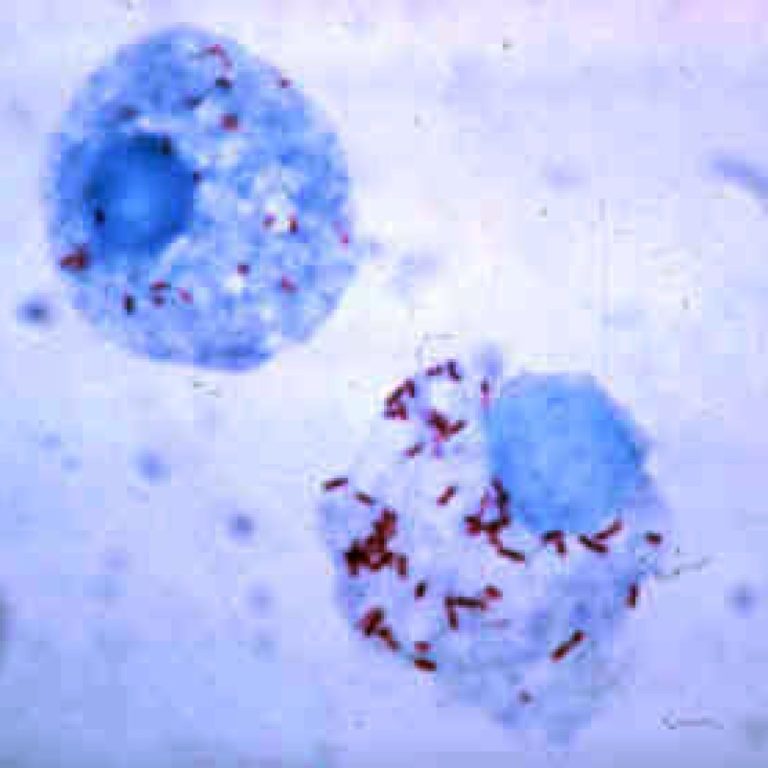
In 1930, Ralph Lillie demonstrated that the cause of psittacosis was a rickettsia-like organism (later placed in the…
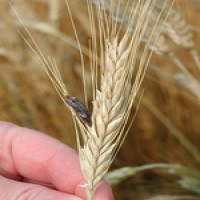
In 1930, Maurice I. Smith developed a quantitative colorimetric reaction for the ergot alkaloids.
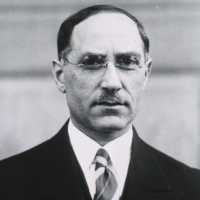
In 1930, Maurice I. Smith, Elias Elvove and their collaborators discovered the cause of “Jamaican Ginger” paralysis.
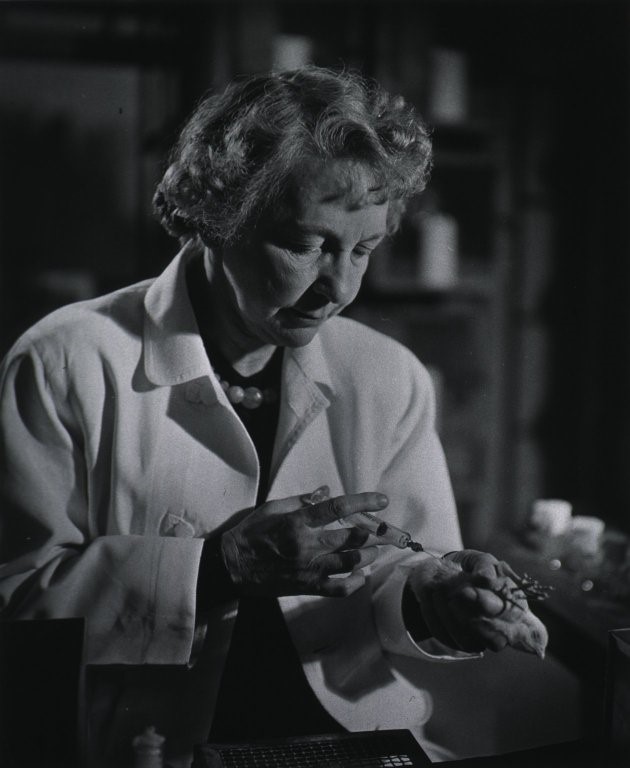
In 1930, Sara E. Branham identified a new organism, Neisseria flavescens, as a rare cause of meningitis and…

In 1930, the Ransdell Act changed the name of the Hygienic Laboratory to National Institute (singular) of Health…